Trump’s 50% Tariffs Slam Indian Metals. Is $2 Billion in Trade at Risk?
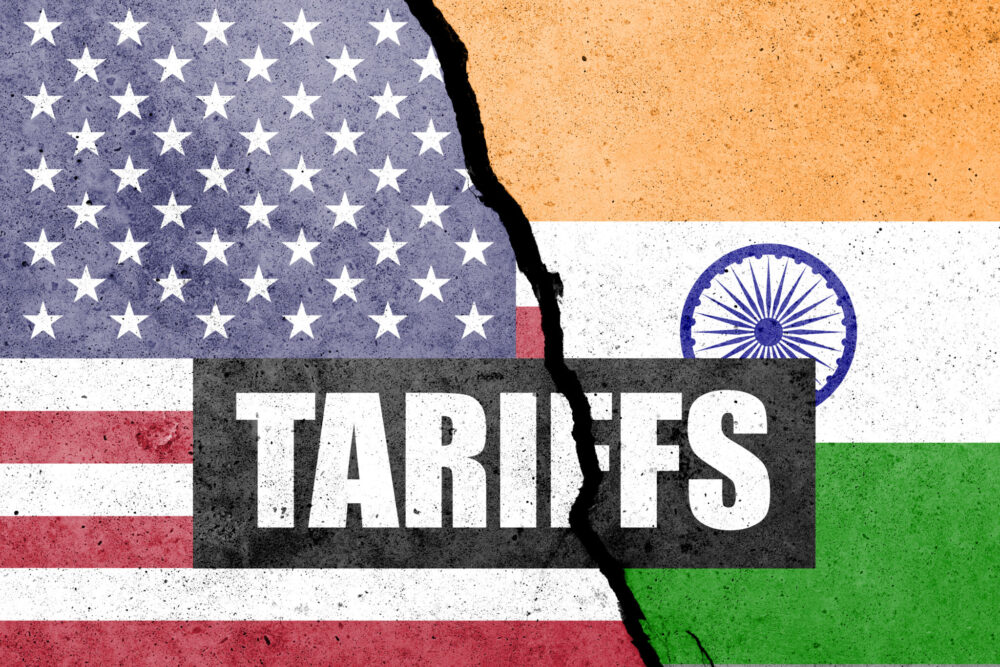
India is seeing mixed reactions to U.S. President Donald Trump’s new announcement that he is imposing a 50% tariff on all steel and aluminum imports from the country. While the Indian Government sought to play down the new Trump tariffs, with one minister dubbing its impact as “minor,” some analysts, experts and trade bodies are not too sure. Many from this lobby have already expressed grave concern about the likely fallout of the new wave of tariffs on India’s steel and aluminum sectors.
Stay ahead of unpredictable, tariff-induced metal price swings and make timely sourcing decisions by subscribing to MetalMiner’s weekly newsletter.
Some Officials Are Playing Down the new Trump Tariffs
The Times of India quoted India’s steel minister, H.D. Kumaraswamy, as saying Trump’s new tariff will not be felt much because of India’s limited trade volumes with the U.S. The Minister was basing his comment on the fact that India’s contribution to the U.S. steel imports is far less than those of countries like China, Vietnam, Canada, Mexico, and South Korea. This is the primary argument urging people not to panic about the Trump Tariffs.
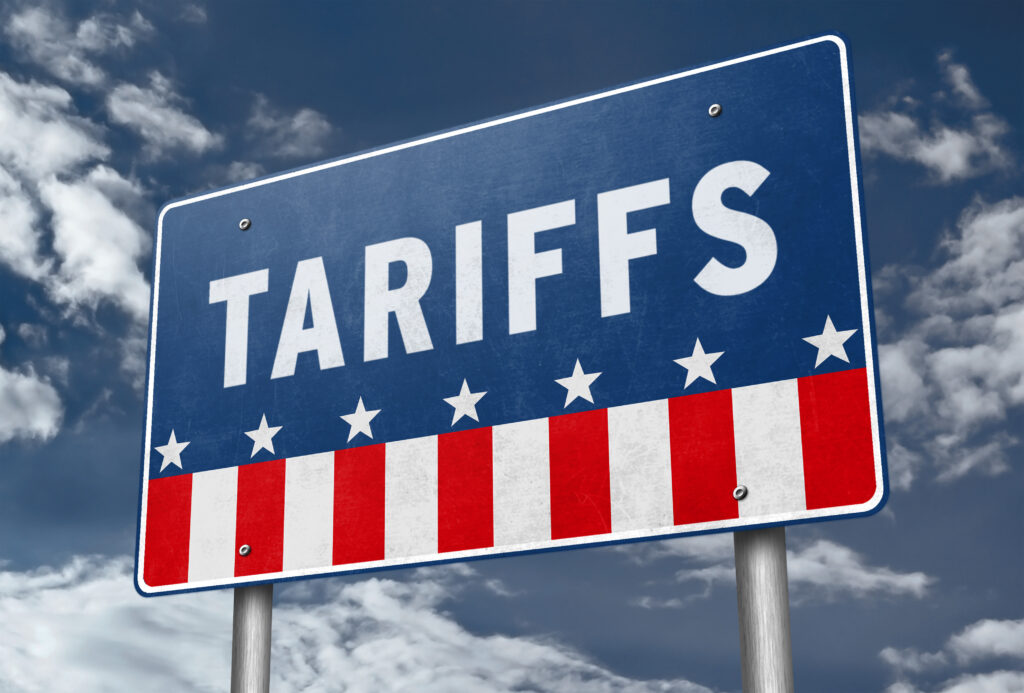
But other experts say the timing couldn’t be worse for India. They claim that the U.S. was emerging as a significant market for Indian steel, aluminum and other commodities, and that the new duties put billions of dollars at risk. The new Trump tariffs come in at 50%, which means Indian shipments could quickly lose their competitive edge. This would deal a serious blow to the country’s metal industry and overall trade relationship with the U.S.
One report quoted Ajay Srivastava, the founder of the Global Trade Research Initiative (GTRI) as saying that the higher tariffs pose a serious risk to Indian exports and could sharply eat into the profitability of manufacturers and exporters.
Never second guess your steel or aluminum buying decisions again. Request a free demo for MetalMiner’s versatile metal price and forecast platform Insights.
Some Estimates Put Up to $2 Billion at Risk
Last fiscal, India shipped US $4.56 billion worth of iron, steel and aluminum products to the U.S. This included $3.1 billion in finished articles made from iron and steel, and $860 million in aluminum.
One subsection of experts believe that export volumes will drop, especially in price-sensitive segments like automobile parts, industrial goods and construction. They argue that this is because many major Indian manufacturers like Tata Steel, NALCO and Hindalco are heavily involved with the U.S. market through direct and indirect exports.
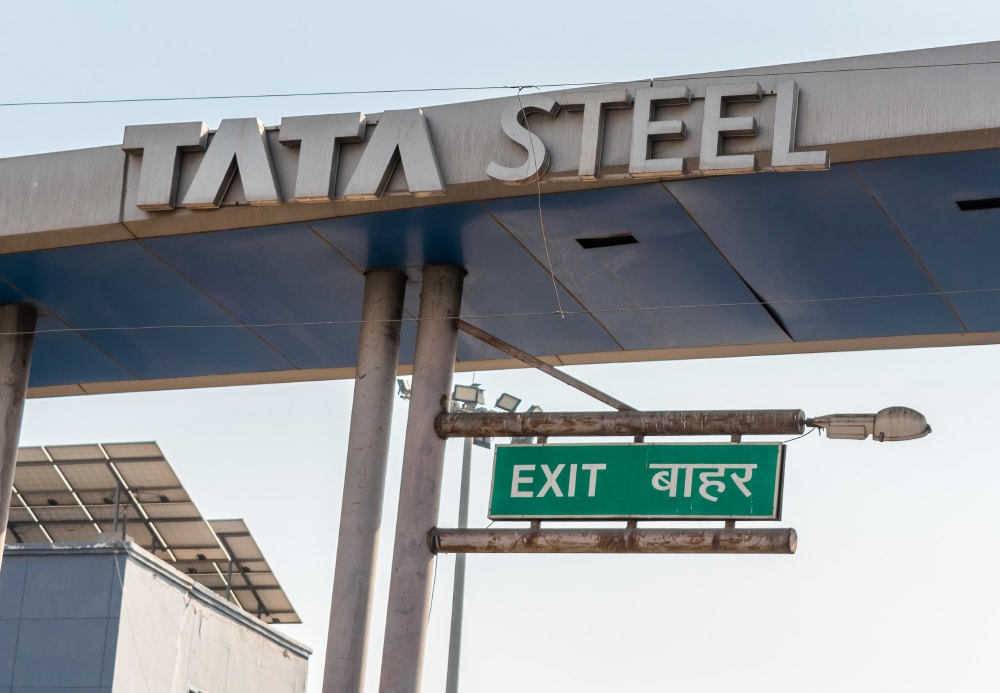
The aforementioned report estimated that if demand in these segments dried up, it could hurt the bottom lines of Indian exporters significantly. In some estimates, they see yearly losses of up to US $2 billion. Still, a lot depends on the tenure of the tariff and how U.S. buyers respond.
Learn how to limit the money-eroding impacts incoming from the new, 50% tariffs. Read MetalMiner’s free Comprehensive Steel & Aluminum Tariff Guide.
The Move Complicates Ongoing Negotiations
The Indian Express notes that this latest tariff hike comes on the heels of another increase imposed by Trump earlier this year, which raised duties on steel and aluminum to 25%. According to exporters, that move disrupted around $5 billion worth of shipments, which they had flagged to the Indian Ministry of Commerce and Industry.

Many analysts have also expressed concern about the timing of the new tariff imposition. The Express quoted Pankaj Chadha, Chairman of the Engineering Export Promotion Council in India, as saying that the new duty is being imposed even as bilateral trade agreement negotiations between India and the U.S. are still on. He went on to state that the unilateral imposition of duties only further complicates this task.
According to Chadha, India should also be extended an offer similar to the UK, which was exempted from Section 232, possibly under tariff rate quota restrictions.
Indian Producers Grappling With Loss of Price Advantage
The Aluminum Association of India (AAI) has already spoken out against the new duty, saying it would only increase the difficulties for Indian aluminum producers, who are already grappling with cheaper imports.
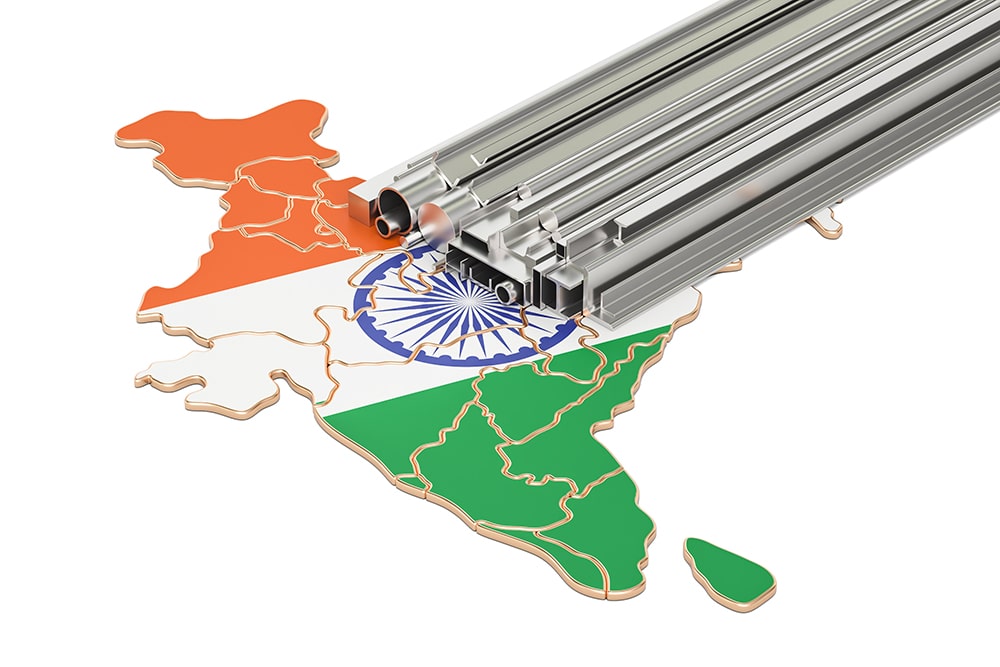
The Indian Express also spoke with S.C. Ralhan, President of the Federation of Indian Export Organization, who warned that the tariff hike would significantly impact steel exports, particularly those related to semi-finished and finished goods such as stainless steel pipes, structural components and automotive parts. He noted that these products form a core part of India’s engineering exports, and that the new duties would strip Indian exporters of their price advantage in the U.S. market.
Why invest in unnecessary metal price data when you only need a few price points? MetalMiner Select allows you to purchase just the metal price data you require.
GTRI Urges India to Try New Tactics in Tariff Talks
India’s attempt to contest the earlier U.S. tariffs was rejected on May 23 of this year, with Washington invoking Article XXI of the GATT agreement. This clause allows countries to impose trade restrictions for national security reasons, an argument that effectively undermines India’s move to suspend certain trade benefits under WTO rules.
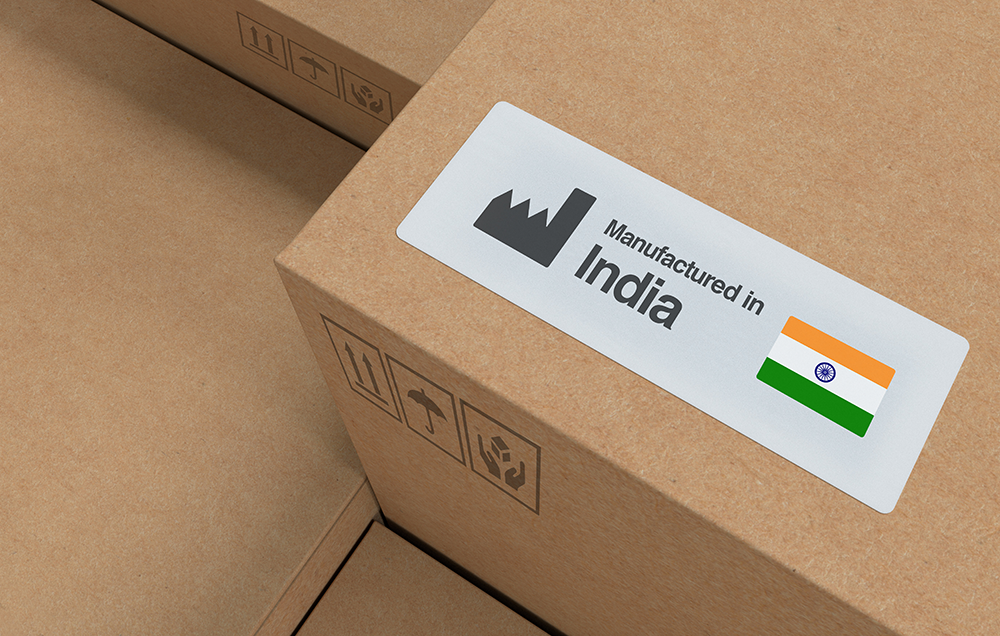
The GTRI has now urged a more measured approach. Rather than retaliating with fresh tariffs or launching a new WTO case, it recommends India use its ongoing free trade agreement talks with the U.S. as a platform for resolution.
The think tank was of the view that India should focus on securing market access through negotiation instead of escalating the conflict. By framing the tariff issue as part of the broader free trade dialogue, India may be able to win concessions such as reduced duties on steel and aluminum in exchange for greater access to its services or industrial markets.
